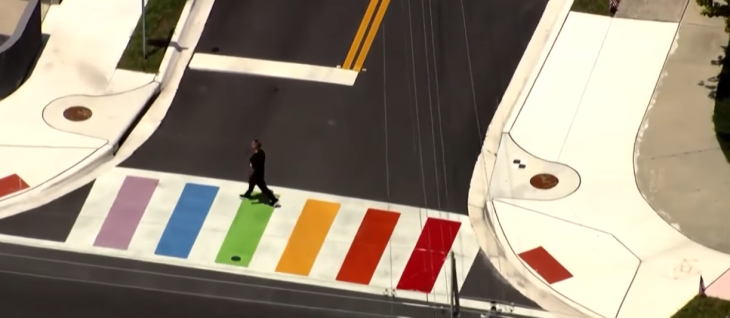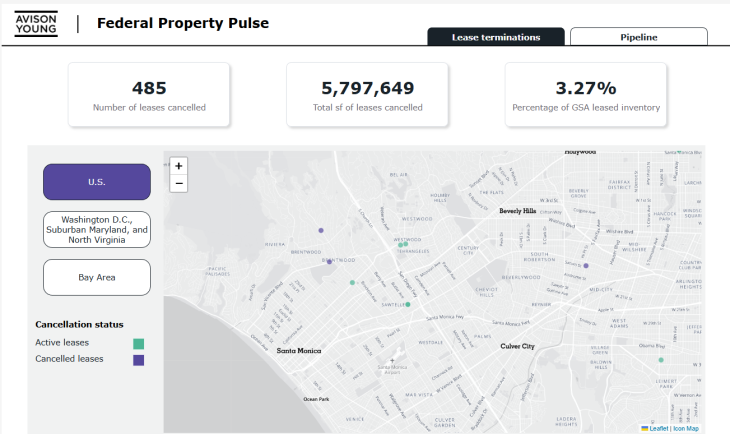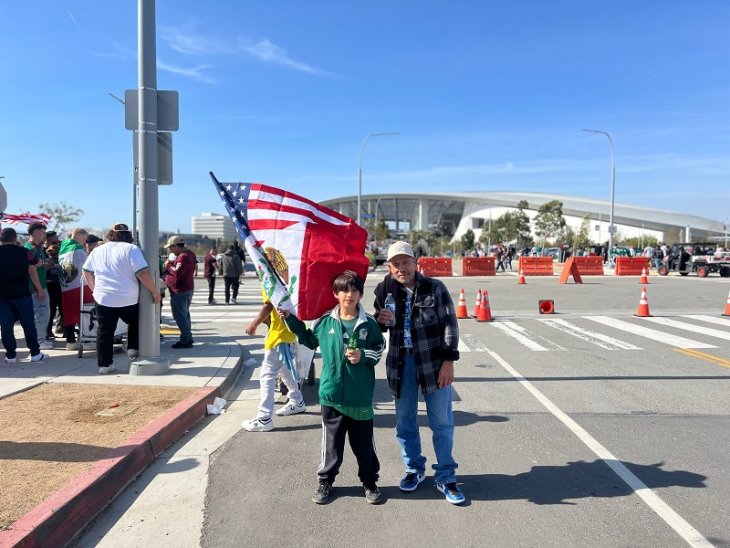By Susan Payne
In a scholarly article called “Muscle Beach prompted both fascination and anxiety,” Historian Elsa Devienne studies Santa Monica’s Muscle Beach and the aggravated American fears of gender transgressions and homosexuality.
The report, published by JSTOR, states that Muscle Beach began as a children’s playground in Santa Monica. In the 1930s, acrobatic performers and other athletes began using the beach as a training site. By the 1940s, local visitors caught on and started watching the live training: human pyramids, gymnastic feats on bars and flying rings and bodybuilding.
Devienne writes that in 1951, Life Magazine published a photo of five male body builders in briefs as an example of how the development of musculature could go “from the sublime to the absurd.”
Comedians turned Muscle Beach into a punchline, Devienne stated, and the cartoon “Tom & Jerry” set an episode on the beach. Beyond the jokes and fascination, the undercurrent of anxiety about gender and sexuality was strong. Stories published during that time questioned how bodybuilders could perform the crucial male role of breadwinner while spending so much time working out.
“Caring excessively for one’s appearance — as bodybuilders seemed to do — was perceived as an act of vanity or, worse, as a telltale sign of homosexuality,” Devienne wrote.
Female athletes on Muscle Beach caused a stir, as well, from public worry. A profile of 16-year-old beach regular Beverly Jocher asked, “the young athlete could skate, run, dance and lift weights – but can she sew?”
Devienne wrote that the beach suddenly closed in 1958 and the precipitating event was the arrest of several athletes on charges of sexual misconduct with minors.
A local newspaper editor, the city’s police chief and its recreation director launched a campaign accusing the beach of harboring perverts and sex deviates, Devienne wrote. She believes this was a pretext for a municipal beach “clean-up” designed to make the area more economically desirable.
A new Muscle Beach appeared in the 1970s in Venice, down the coast from the original Santa Monica beach, which attracted athletes including young Arnold Scwarzenegger – but the new location reflected the shift in bodybuilding culture, Devienne wrote. Women were no longer welcome in that community, instead, they were limited to acrobatics.
JSTOR is a digital library for scholars, researchers, and students. JSTOR Daily readers can access the original research behind its articles for free.























